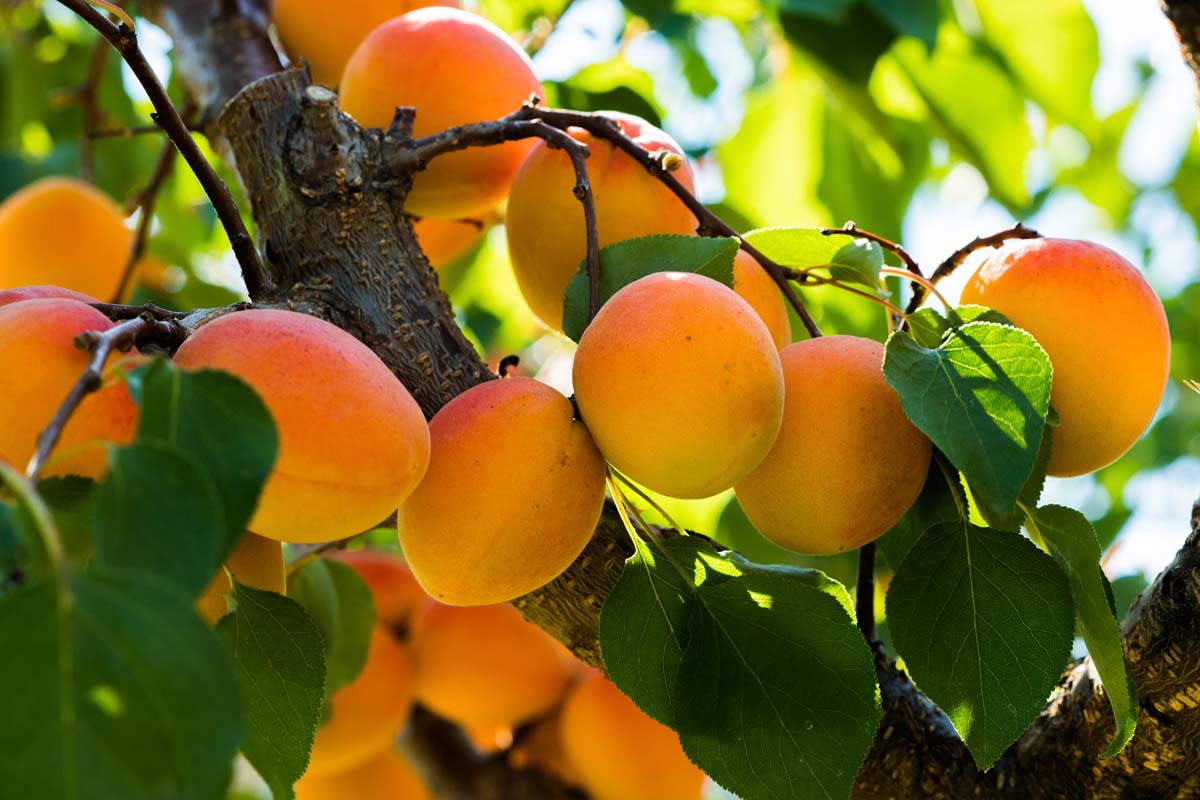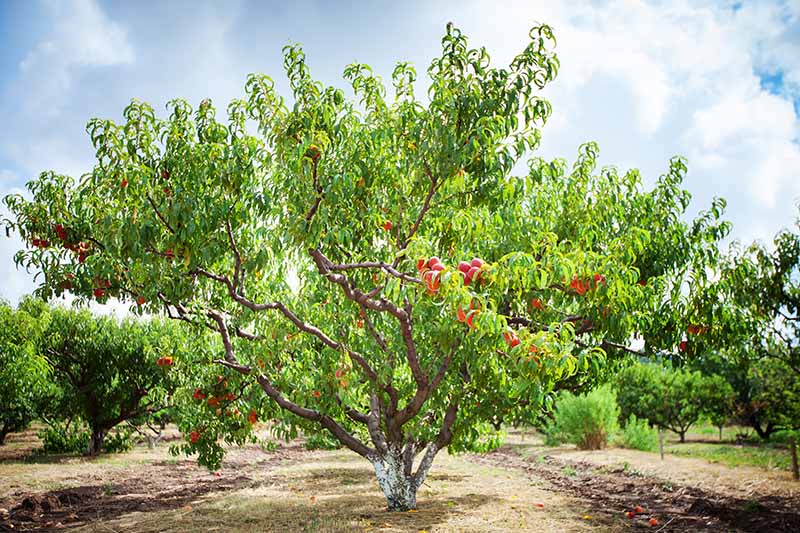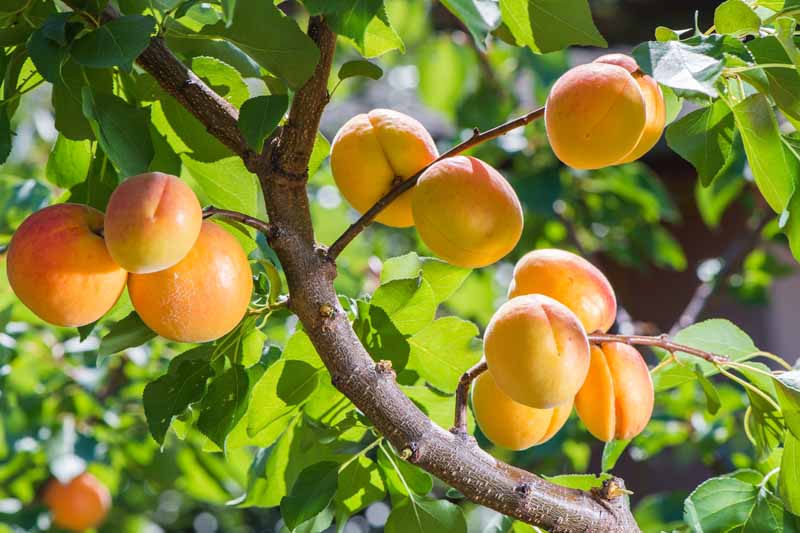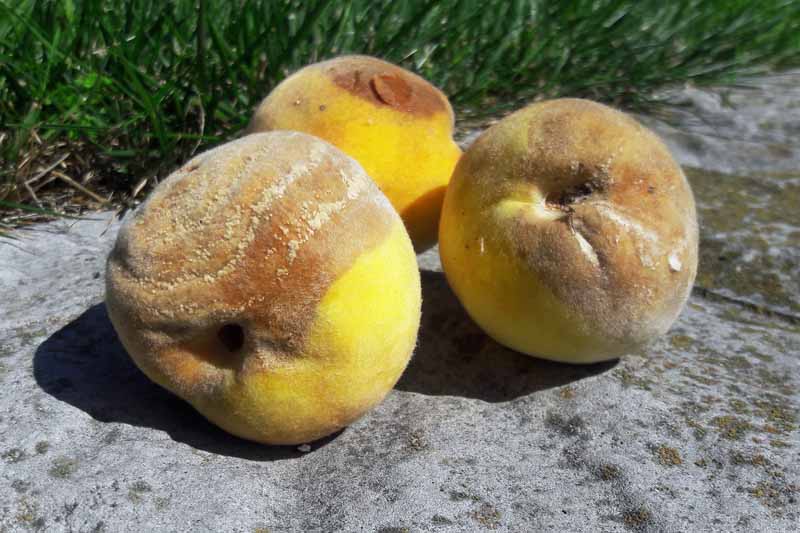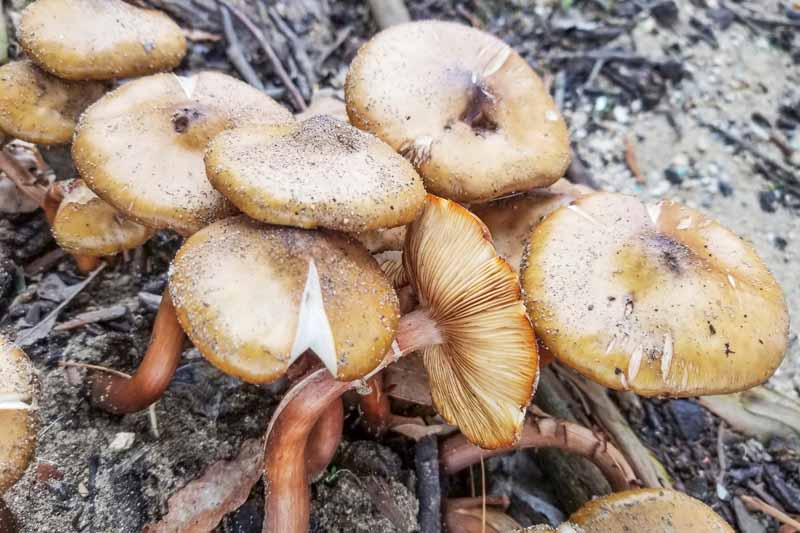How to Grow and Care for Apricot Trees
Have you ever wanted to grow your own apricot trees? What better time than now? Growing these stone fruits at home means a rare treat: apricots that you can eat the same day you pick them. Or, use your harvested fruits for everything from cooking and baking to canning and drying. Ready to get growing? Read more now.



